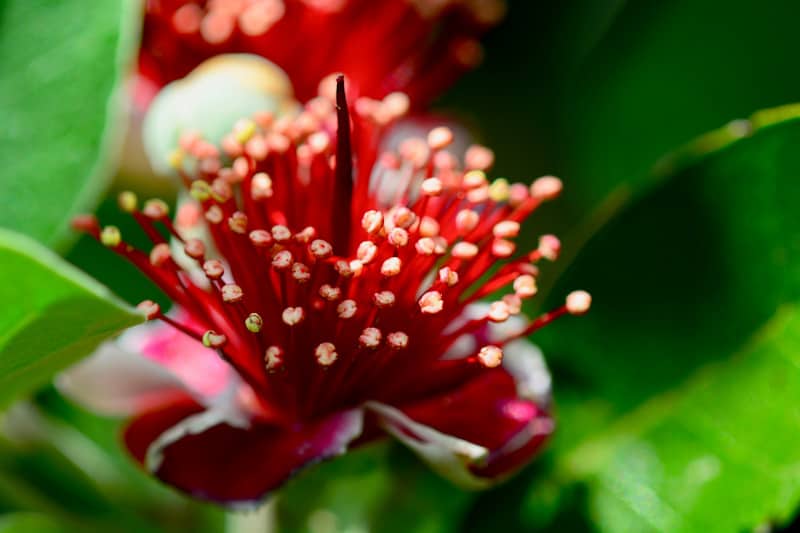Jenny Leonard, Beyond Myrtle Rust
Clonal reproduction is a strategy of making identical copies of oneself. The benefits of clonal reproduction are simple: why change what’s working?
“Reproducing clonally means you can have a really successful explosion of clones,” says Dr Stuart Fraser, a researcher from Scion who is one of the authors on the paper, published in the European Journal of Plant Pathology.
However, clonal reproduction does have its limits. Clones that are too successful can wipe out their host, leaving the pathogen with no resources and a limited ability to adapt to a new host. Or, when a clone encounters a resistant individual, it will be unable to infect that host.
“Having sex creates new individuals with new genotypes, allowing the fungus to adapt to host defences,” says Stuart. “Sexual recombination also allows it to adapt to new environments and new host species.”
Although most fungi have a mixed mating system, meaning they can reproduce both clonally and sexually, previous research from other parts of the world have suggested that A. psidii reproduces clonally. However, this new study on samples of A. psidii from New Zealand shows evidence of sexual recombination in addition to cloning.
This evidence is twofold. First, the sexual stage of the fungus was present in the samples. Second, the high genotypic diversity found is best explained by genetic recombination rather than random mutation.
This has important implications for scientists who are working to protect New Zealand’s native myrtles – like pōhutukawa, mānuka and kānuka – from infection by myrtle rust.
“Sexual recombination will allow the pathogen to diversify, increasing the likelihood that it will eventually resist chemicals and control agents,” says Stuart.
This also makes it more likely that the fungus will adapt to resistance in host plants.
“If you find a resistant individual and you cultivate it on a large scale, that’s not the end,” says Stuart. “You have to keep screening for new resistance as the rust changes.”
While it can be easier to manage clonal pathogens, Stuart doesn’t think sexual recombination in A. psidii necessarily spells disaster for efforts to find resistance and to develop controls.
“Sex makes myrtle rust more complicated to manage,” says Stuart. “It is important that we are aware of the impacts of sexual reproduction and plan our research around it.”
The Beyond Myrtle Rust Programme is doing just that. One of their key goals is to improve understanding of A. psidii reproduction in New Zealand. This research area, which is being led by Stuart and Alistair McTaggart, the lead author on the paper, will investigate how sexual recombination is being driven by the environment and by hosts.
“We don’t know the frequency or impact of sexual reproduction in natural populations,” says Alistair. “However, we hope our research improves knowledge on the biology of myrtle rust and informs strategies for combatting the disease in the future.”
